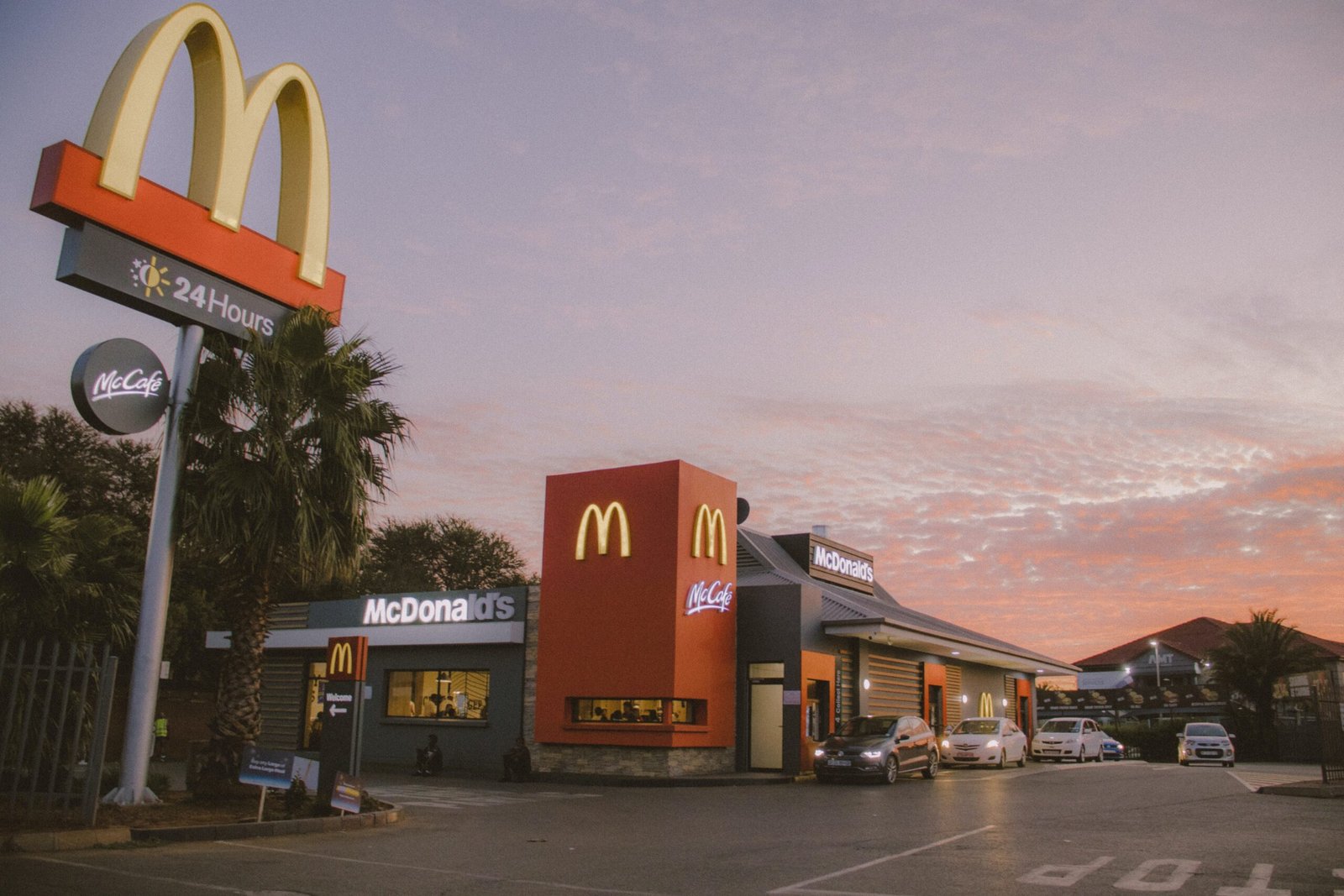McDonald’s, the world largest and iconic fast-food chain, is not just a place to grab a quick burger and fries. Behind the golden arches lies a well-established business model that has propelled the company to become a global powerhouse in the food industry.
Financial Summary (2023)
- Revenue: $260.15 billion
- Operating income: $11.05 billion
- Net income: $7.55 billion
- Free cash flow: $7.8 billion
Key Highlights:
- McDonald’s revenue and operating income grew in 2023, driven by strong sales growth in all of its geographic segments.
- The company’s net income and free cash flow also grew in 2023, reflecting the company’s strong financial performance.
FRANCHISE MODEL
McDonald’s success is its franchise model, which allows individuals to own and operate their own McDonald’s restaurants while benefiting from the company’s brand recognition, operational expertise, and marketing support. With over 36,000 locations worldwide, McDonald’s has truly mastered the art of expansion.
The franchise model is a highly effective business model, as it not only facilitates exponential growth for the franchisor’s brand, but also collect an initial lump sum of cashflow from the franchisee, an annual royalty, increased raw material volume that strengthens supply chain negotiation, and reduced fixed assets. [This is an area of specialization in which AVINCCI stands out from the competition by offering a unique franchise model approach that surpasses the conventional Franchise Model. If you are prepared to expand with this model, please contact us for consultation or partnership directly or sign up for our Funding Model for practical examples in this regard.]
Fast-Food Restaurant Chain:
- McDonald’s is primarily a fast-food restaurant chain that specializes in serving quick-service meals, including burgers, fries, chicken products, breakfast items, and beverages.
Franchise System:
- McDonald’s business model heavily relies on franchising. The majority of McDonald’s restaurants are owned and operated by independent franchisees who license the McDonald’s brand and operating system.
- Franchisees pay an initial fee and ongoing royalties to McDonald’s Corporation in exchange for access to the brand, operational support, and marketing resources.
Global Brand Standardization:
- McDonald’s enforces strict brand and quality standards to ensure a consistent customer experience across its thousands of locations worldwide.
- Menu items and operational procedures are standardized, but some regional variations exist to cater to local tastes.
Drive-Thru, Takeout, and Dine-In Options:
- McDonald’s provides a range of service options, including drive-thru, takeout, and dine-in service.
- Some locations may also offer delivery services through third-party providers.
Menu Innovation:
- McDonald’s continuously innovates its menu to meet changing consumer preferences and dietary trends. This includes introducing new products, offering healthier options, and responding to regional tastes.
- Ventured into the coffee industry with its McCafé concept.This diversification has proven to be successful, as McCafé has become a popular choice for coffee enthusiasts.
Breakfast Menu:
- McDonald’s features a breakfast menu, offering items like breakfast sandwiches, hotcakes, and coffee.
- The breakfast menu has been a significant driver of morning traffic.
Happy Meals and Promotions:
- McDonald’s is known for its Happy Meals, which often include toys and are marketed to children.
- The company frequently runs promotions and limited-time offers to attract customers.
Mobile Ordering and Digital Presence:
- McDonald’s has embraced digital technology, offering mobile ordering through its app and implementing self-order kiosks in some locations.
- The mobile app often includes loyalty rewards and special promotions.
BUSINESS MODEL CANVAS
1. Customer Segments:
- Consumers seeking fast and convenient food.
- Families looking for kid-friendly meal options.
- Business professionals and workers on-the-go.
- Tourists and travelers.
- Late-night and drive-thru customers.
2. Value Proposition:
- Quick-service and convenience.
- Iconic and consistent menu items (e.g., Big Mac, French fries).
- Family-friendly options (Happy Meals).
- Affordable pricing.
- Drive-thru and 24/7 availability.
- Consistency in taste and quality.
- Clean and welcoming dining areas.
- Diverse menu options and adaptations to local tastes.
3. Channels:
- Physical McDonald’s restaurants (company-owned and franchise locations).
- Drive-thru service.
- Online ordering and mobile app.
- Delivery services through partners (e.g., Uber Eats, DoorDash).
- Marketing and advertising channels.
4. Customer Relationships:
- In-person ordering and service.
- Drive-thru and self-service kiosks.
- Mobile app for ordering and rewards.
- Customer support and feedback channels.
- Marketing and promotional campaigns.
5. Revenue Streams:
- Sales of fast-food products (burgers, fries, chicken, etc.).
- Combo meals and value meals.
- Upselling and cross-selling.
- Desserts, beverages, and limited-time promotions.
- Franchise fees and royalties (from franchise operators).
6. Key Resources:
- Restaurant locations (company-owned and franchise).
- Iconic menu items and recipes.
- Supply chain and distribution network.
- Brand recognition and global presence.
- Franchise network and relationships.
- Technology for order processing and delivery.
7. Key Activities:
- Restaurant management and operations.
- Menu development and innovations.
- Marketing and promotional activities.
- Supply chain management.
- Franchisee recruitment and support.
- Technology development for mobile app and online ordering.
8. Key Partners:
- Franchisees and store operators.
- Suppliers and distributors of food and ingredients.
- Delivery partners (for third-party delivery services).
- Marketing and advertising partners.
- Mobile app and technology partners.
9. Cost Structure:
- Restaurant operation costs, including labor and rent.
- Cost of goods (food and ingredients).
- Marketing and advertising expenses.
- Customer support and operational costs.
- Licensing and franchise support costs.
Why McDonald isn’t about hamburgers? McDonald makes a small fraction of its gross profit through its strong supply chain on the menu items. Whereby the large fraction of its gross profit is pass on to the Franchisee, to ensure it is making enough money to keep running the stores. In addition to its franchise model, McDonald’s has diversified its business to generate more income. One of the key areas of expansion has been in the real estate sector. McDonald’s owns a significant number of its restaurant properties, which provides a steady stream of rental income. This real estate strategy has proven to be a smart move, as it allows the company to generate revenue even if a particular restaurant is not performing well.
STRENGHTS:
- Global Presence: McDonald’s has a vast global presence with thousands of locations worldwide.
- Recognizable Brand: It’s one of the most recognizable and iconic brands globally.
- Franchise Model: The franchise system allows for rapid expansion and minimizes the need for significant capital investments by the corporaticon.
- Menu Adaptability: The ability to adapt its menu to regional tastes and dietary preferences increases its appeal to diverse markets.
Challenges:
- Health and Nutrition Concerns: The fast-food industry faces ongoing concerns related to health and nutrition, which can impact the brand’s image.
- Competition: McDonald’s competes in a crowded fast-food market with numerous rivals.
- Operational Challenges: Ensuring consistent quality and service across a vast network of franchisees can be challenging.
Another area where McDonald’s has expanded its business is through strategic partnerships and acquisitions. The company has made several acquisitions in recent years, including the purchase of Dynamic Yield, a personalized marketing technology company. This acquisition has allowed McDonald’s to offer tailored recommendations and promotions to its customers, further boosting sales.
McDonald’s business model is built around providing fast, convenient, and consistent food offerings to customers, with a focus on iconic menu items. The company generates partial revenue primarily through the sale of food products, value meals, and limited-time promotions. Additionally, McDonald’s offers franchise opportunities, allowing independent operators to run their restaurants while benefiting from the brand’s recognition and support. The company’s adaptability to local tastes and evolving menu options contribute to its global success.
The question arises as to whether McDonald is a “fast food restaurant” or a “real estate company”. It is possible that the ownership of the property generates more value than the sale of the items on the menu.

